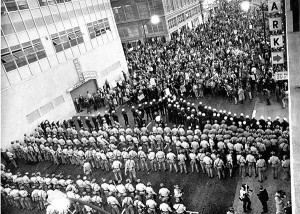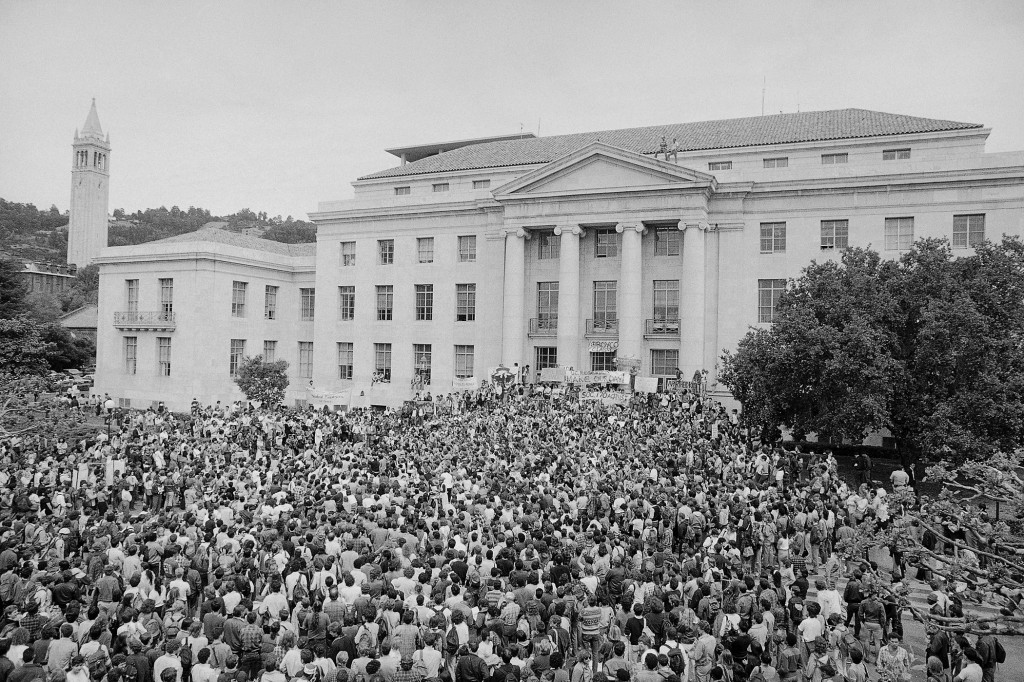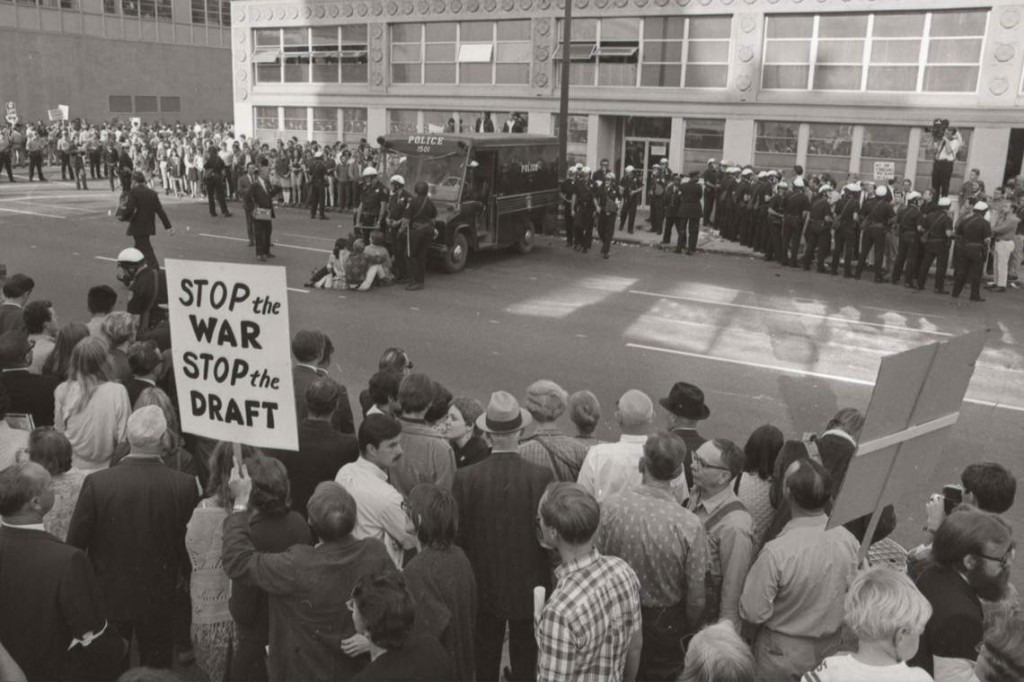MY SPEECH TO THE PEACE IN THE PARK, AUG. 25, 2018:
Fifty-one years ago in Oakland California, I joined with other anti-war activists to block buses full of inductees heading to the Induction Centre. With a loud speaker atop my old panel truck, I cruised the streets of Berkeley, announcing the action and driving protestors to the site. When a phalanx of police came down the street bashing heads with their batons, I 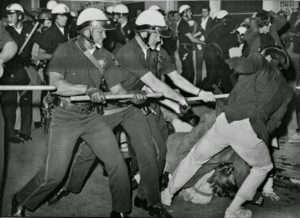 escaped to avoid injury and arrest.
escaped to avoid injury and arrest.
It was a full week of protests, and I helped organize one day of peaceful picketing after giving a speech at the famous Sproul Hall Plaza on the university campus. On the final day, there were 10,000 protesters in the streets and the buses were held back for hours until the National Guard arrived to push us out.
Two years later, with my deferment gone after graduating, I had to return to the Induction Centre for a pre-induction physical. Using a pencil that I had hid in my underwear, I wrote on my papers, “Get out of Vietnam.” Seeing my illegal scrawl, the doctor sent me to the commander’s office. I confronted the officer, asking him, “Where is your conscience. How can you send men off to kill and be killed in an illegal war?” He replied that he was helping protect our freedoms and that next time I was summoned, it would be for induction. He was never able to fulfill that threat, as two weeks later I crossed the border into Canada.
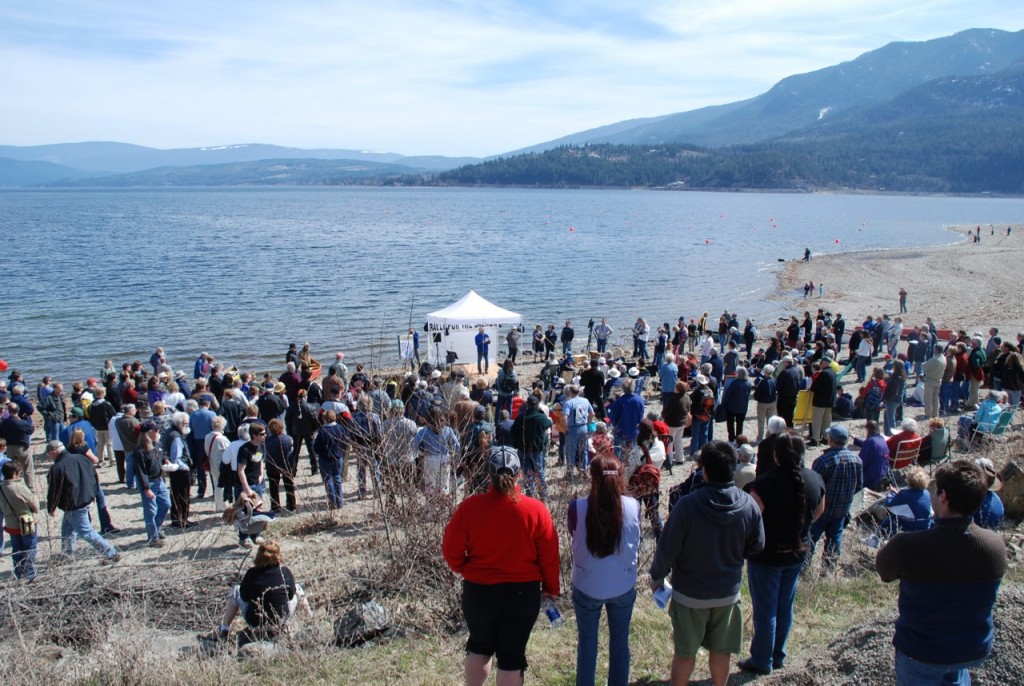 2008 Adams River Marina protest
2008 Adams River Marina protest
Over the succeeding years I transformed from an anti-war activist and budding sleep science researcher to a back-to-the-lander eking out a sustainable lifestyle in the Shuswap hills. But my political ideals remained and after twenty years, my focus shifted to opposing another war, the war against our planet. For the next decades, that effort would result in many confrontations with loggers, foresters, developers and fossil fuel promoters. There were also many successes, including the protection of over 25,000 hectares of new parks in the Shuswap.
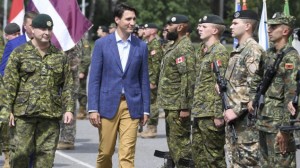 Fast-forward to the 2015 federal election results, and many of us were giddy over Stephen Harper’s demise and the election of Justin Trudeau, who we thought would usher in a new era of environmental sustainability. I also thought there was an opportunity for some de-militarization, as perhaps the new Trudeau government could be persuaded to pull back from Canada’s military commitments.
Fast-forward to the 2015 federal election results, and many of us were giddy over Stephen Harper’s demise and the election of Justin Trudeau, who we thought would usher in a new era of environmental sustainability. I also thought there was an opportunity for some de-militarization, as perhaps the new Trudeau government could be persuaded to pull back from Canada’s military commitments.
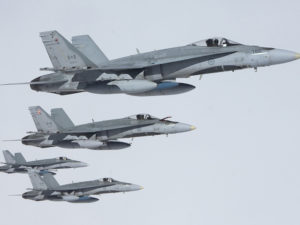 I wrote an editorial for the Ottawa Citizen in early 2017 entitled, “Canada deserves a peace dividend.” At that time Canada’s annual military budget was 19 billion dollars and the country was poised to spend many billions of dollars more on new warships and fighter jets. Imagine if the federal government was brave enough to withstand international pressure from its allies and instead of wasting billions of dollars on war machines, it pulled back and focused instead on true peace.
I wrote an editorial for the Ottawa Citizen in early 2017 entitled, “Canada deserves a peace dividend.” At that time Canada’s annual military budget was 19 billion dollars and the country was poised to spend many billions of dollars more on new warships and fighter jets. Imagine if the federal government was brave enough to withstand international pressure from its allies and instead of wasting billions of dollars on war machines, it pulled back and focused instead on true peace.
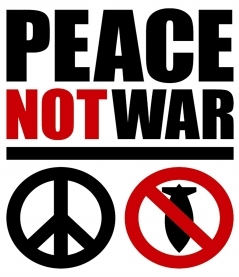 Redirecting proposed funds for military hardware would help develop new infrastructure, build low-income housing, and provide more public transit. There would be money to allow students to graduate without enormous debts, to provide clean water for First Nations, to support scientific research and monitoring, to create new parks, to better manage fish stocks, to improve health care, and to support the transition to a carbon-free energy supply.
Redirecting proposed funds for military hardware would help develop new infrastructure, build low-income housing, and provide more public transit. There would be money to allow students to graduate without enormous debts, to provide clean water for First Nations, to support scientific research and monitoring, to create new parks, to better manage fish stocks, to improve health care, and to support the transition to a carbon-free energy supply.
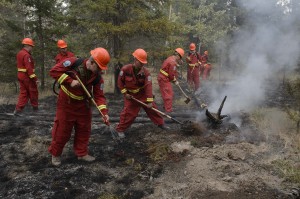 In addition to redirecting funding from expensive war machines to improving society, Canada could change the role of the military. We face an increasingly unstable world due to the impacts of climate change, with more frequent and violent storms. Soldiers will need to be trained to provide emergency response as we experience more wildfires, more floods, and more damaging weather events. As well, soldiers trained to respond will be better able to assist citizens impacted in other counties.
In addition to redirecting funding from expensive war machines to improving society, Canada could change the role of the military. We face an increasingly unstable world due to the impacts of climate change, with more frequent and violent storms. Soldiers will need to be trained to provide emergency response as we experience more wildfires, more floods, and more damaging weather events. As well, soldiers trained to respond will be better able to assist citizens impacted in other counties.
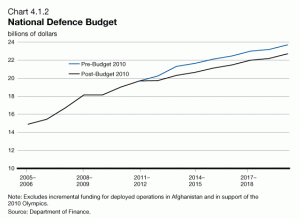 Today, the current federal government does not look much different than previous governments. The military budget has increased to 25-billion dollars and is projected to grow to 32-billion. As in the U.S., the military-industrial complex remains very much in control. Having nothing to do with protecting our freedoms, the never-ending wars continue unabated. The real victors are the war profiteers, as military actions only result in the need for more weapons, thus further enriching the already wealthy.
Today, the current federal government does not look much different than previous governments. The military budget has increased to 25-billion dollars and is projected to grow to 32-billion. As in the U.S., the military-industrial complex remains very much in control. Having nothing to do with protecting our freedoms, the never-ending wars continue unabated. The real victors are the war profiteers, as military actions only result in the need for more weapons, thus further enriching the already wealthy.
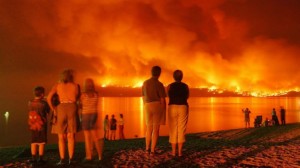 Our smoke filled summers are just a reminder of that other war that continues unrelenting, the war against the environment. Sure we can march, protest, sign petitions and vote green, but in the end it is likely that greed will prevail and all but the very rich will suffer the consequences.
Our smoke filled summers are just a reminder of that other war that continues unrelenting, the war against the environment. Sure we can march, protest, sign petitions and vote green, but in the end it is likely that greed will prevail and all but the very rich will suffer the consequences.
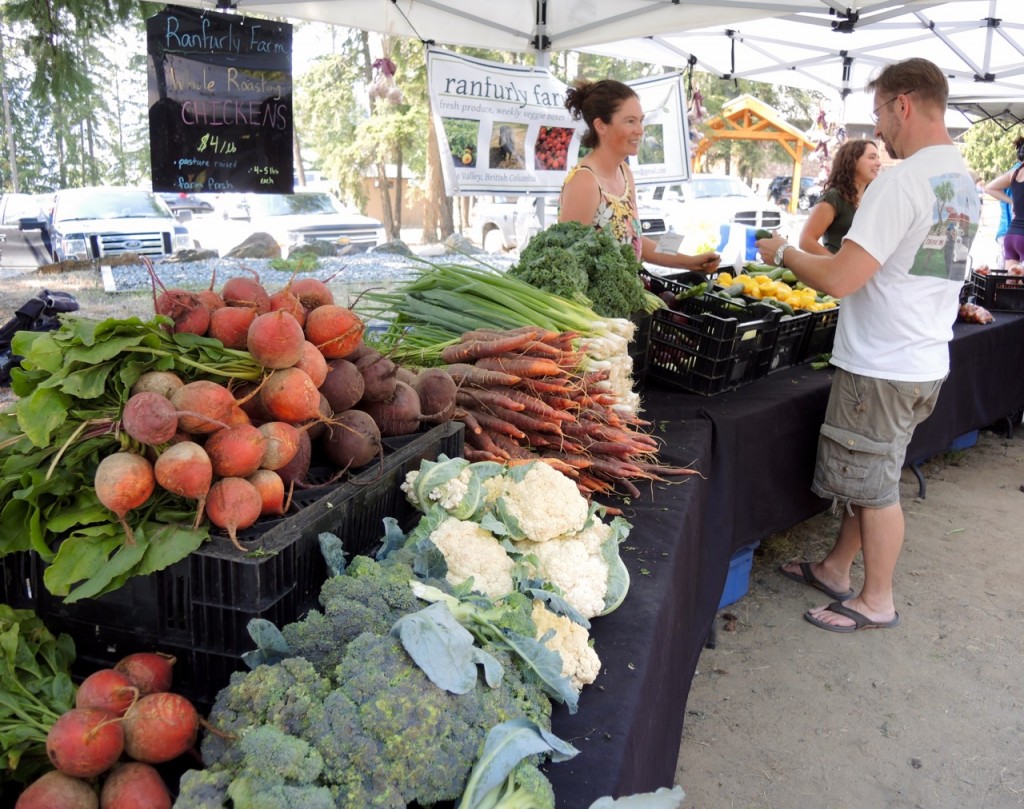 So what is the best road ahead for those of us who yearn for peace and environmental sanity? Our best choice for action is to concentrate on making a difference where we live. Bioregionalism is the preferred option, as everyone’s home place is where their voices will be best heard and their actions most likely to succeed. Whether one’s focus is on tackling poverty, growing food, supporting arts and culture, improving recreational opportunities, improving the sustainable economy or helping educate young people – the best place to get results is where one lives.
So what is the best road ahead for those of us who yearn for peace and environmental sanity? Our best choice for action is to concentrate on making a difference where we live. Bioregionalism is the preferred option, as everyone’s home place is where their voices will be best heard and their actions most likely to succeed. Whether one’s focus is on tackling poverty, growing food, supporting arts and culture, improving recreational opportunities, improving the sustainable economy or helping educate young people – the best place to get results is where one lives.
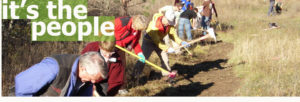 We can have successes locally and help make our communities more resilient in the face of impending calamities. Unifying our communities and making them stronger will also help in the long run. When the crunch comes our first line of defense will be how well we can cooperate as neighbours and friends to deal with the impacts.
We can have successes locally and help make our communities more resilient in the face of impending calamities. Unifying our communities and making them stronger will also help in the long run. When the crunch comes our first line of defense will be how well we can cooperate as neighbours and friends to deal with the impacts.
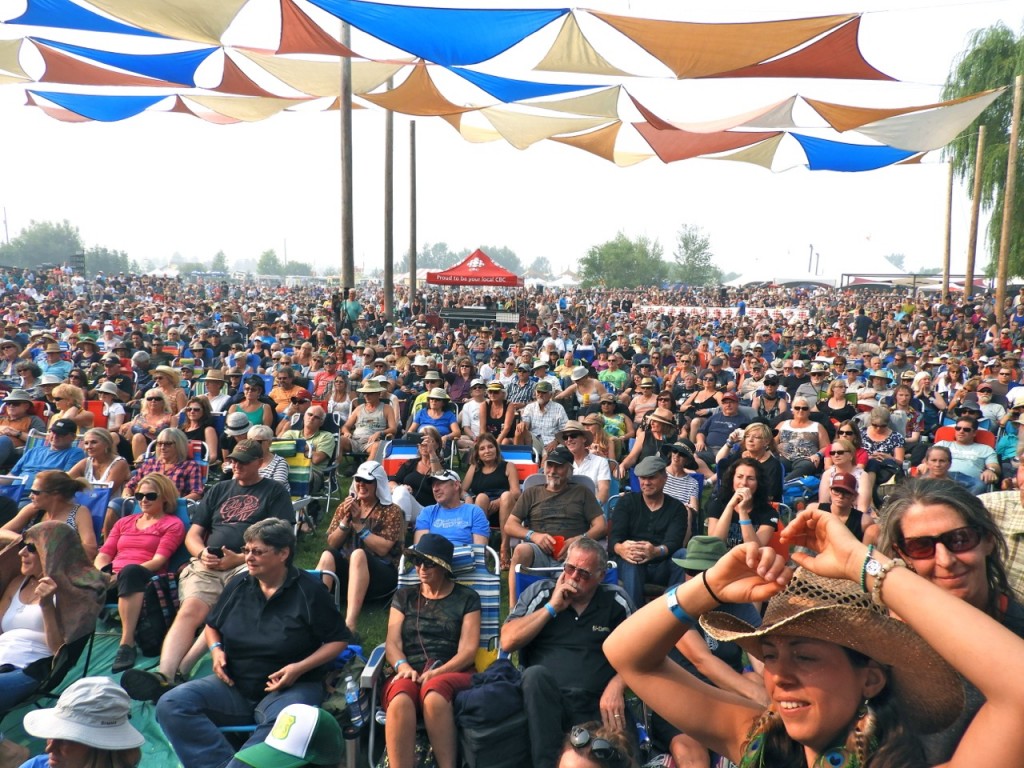 Above all, we need to spend more time to enjoy what we have before it is gone. Rather than despair, we need to re-connect to our roots and concentrate on making our lives as rich and meaningful as possible. As well, we need more music, more dancing, more socializing, more gardening, and more time spent doing what we love most. Peace everyone.
Above all, we need to spend more time to enjoy what we have before it is gone. Rather than despair, we need to re-connect to our roots and concentrate on making our lives as rich and meaningful as possible. As well, we need more music, more dancing, more socializing, more gardening, and more time spent doing what we love most. Peace everyone.
